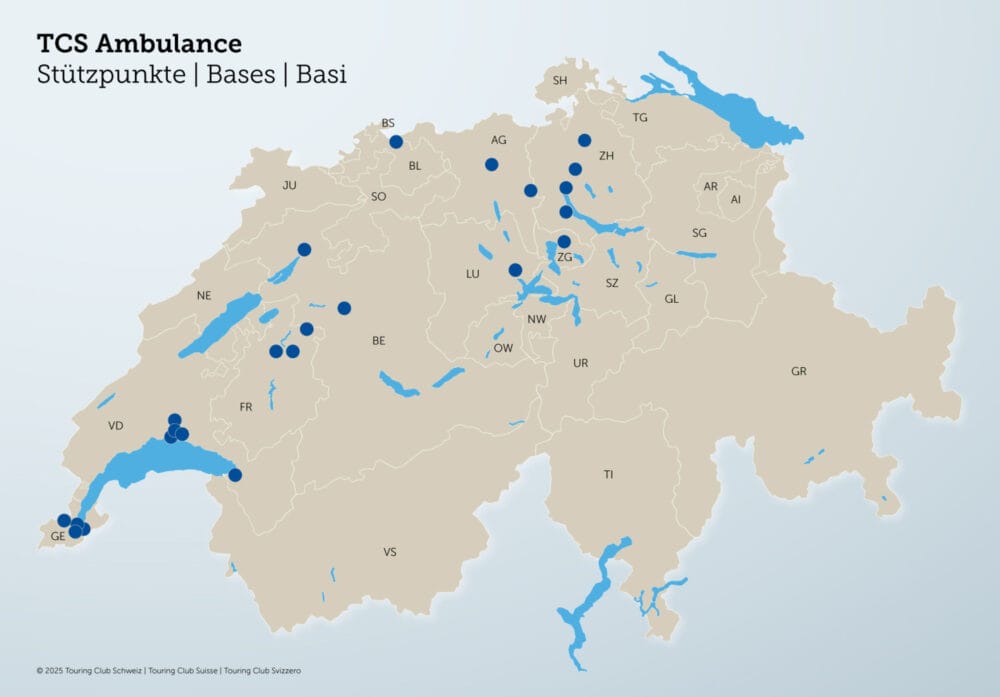One in eight apprentices suffers an occupational accident every year
Many cuts on the hands or splinters in the eyes: The risk of accidents among apprentices is almost twice as high as that of semi-skilled workers. Three areas of the body are particularly at risk.

Thousands of young people started their apprenticeships at the beginning of August. The current accident figures show that starting a career can be not only interesting but also dangerous.
By far the most common injury to apprentices in the course of their work is to their hands (42 percent). These accidents often occur during classic craft activities such as cutting, planing or drilling. In these cases, the majority of apprentices are cut, stabbed, scratched or scraped.
The second most common injuries are those affecting the eyes (16 percent), with apprentices most often being struck in the eye by splinters or chips of metal or wood while working with machinery.
Lower legs, ankles and feet are the third most frequently affected (13 percent). Almost half of these cases are trip and fall accidents. A strikingly high number of these accidents occur due to missteps or falls on stairs.
One in eight apprentices suffers an occupational accident every year
Every year, there are around 25,000 occupational accidents involving apprentices, two of which are fatal. "Every year, one in eight apprentices suffers an occupational accident. This means that the risk of apprentices suffering an accident is almost twice as high as that of employees who have completed their training," explains Reto Kellerhals. At Suva, he is in charge of the prevention campaign "Safe and healthy apprenticeship", which draws attention to the risks of accidents for apprentices.
The reasons why apprentices have an increased risk of accidents are obvious. In most cases, they are still inexperienced when it comes to handling machines and tools and underestimate the dangers in the workplace due to their lack of professional experience. In addition, they lack routine and a systematic way of working.
Vocational trainers and supervisors have a decisive influence
In this context, vocational trainers and supervisors have a crucial role. On the one hand, they are responsible for instruction and have a supervisory duty towards the learners. For example, by pointing out that protective goggles are mandatory when working on machines. "Employees also show an increased risk of accidents in the first few years after completing their apprenticeship. This is because young employees generally still have little routine in the work processes after their apprenticeship and are constantly confronted with new activities. In addition, they are sometimes unaware of the risks of injury. That's why it's important to support young employees in their day-to-day work, even after they have completed their apprenticeship," says Kellerhals.
On the other hand, vocational trainers and supervisors have an important role model function to show where the dangers lurk in the workplace and how to deal with them. "The prevention culture in the company has a decisive influence on whether learners dare to ask questions if they are uncertain or to say stop at the moment of danger," says Kellerhals. The latter in particular is crucial to preventing accidents.
Source: Press release









